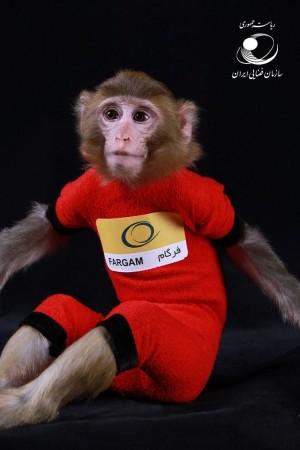
Iran shot into limelight once again on Saturday with the news of not only sending a monkey to space but also getting it safely back. And this time also, like always, the location and timing of the launch was not disclosed.
Though there has been no way to confirm the launch, Iran's President Hassan Rouhani in his twitter announced the success of the launch. "For the 1st time, using liquid propellant, a living creature--monkey named Fargam--was sent into space and returned safe & sound. Government of Prudence & #Hope, sincerely congratulates #Iranian space scientists on this great achievement. 2/2 #Pride #Progress. In total, this is the 2nd monkey sent into space & returned in perfect health to #Iran. I congratulate the Leader, scientists & the nation," stated his twitter post.
Iran, often known for making high technological boasting, has always suspiciously remained elusive about sharing the details of its success. The English website of the Iranian Space Agency stated that the 'probe was carrying a rhesus monkey took the sub-orbital trajectory to an altitude of 120 km and stayed 15 minutes in space before it returned to the land.' The monkey - Fargam, which means Auspicious, is said to be healthy.
The Iranian Space Agency made its first biological payload space attempt in 2 February 2010 and launched a Kavoshgar-3 (Explorer-3) rocket with one rodent, two turtles, and several worms into suborbital space and returned them to Earth alive. The rocket was enabled to transfer electronic data and live footage back to Earth. The Iranian Aerospace Organization (IAO) showed live video transmission of mini-environmental lab to enable further studies on the biological capsule.
It suffered major setback in its September 2011 launch and the mission carrying a monkey failed. Then earlier this year, Iran claimed that it had successfully sent a monkey into space on 29 January 2013. Again for this launch, no timing or location were given.
While the recent launch still remains to be varied, Iran's space program also has ambitious plans of sending its first manned mission to space by 2019.
















